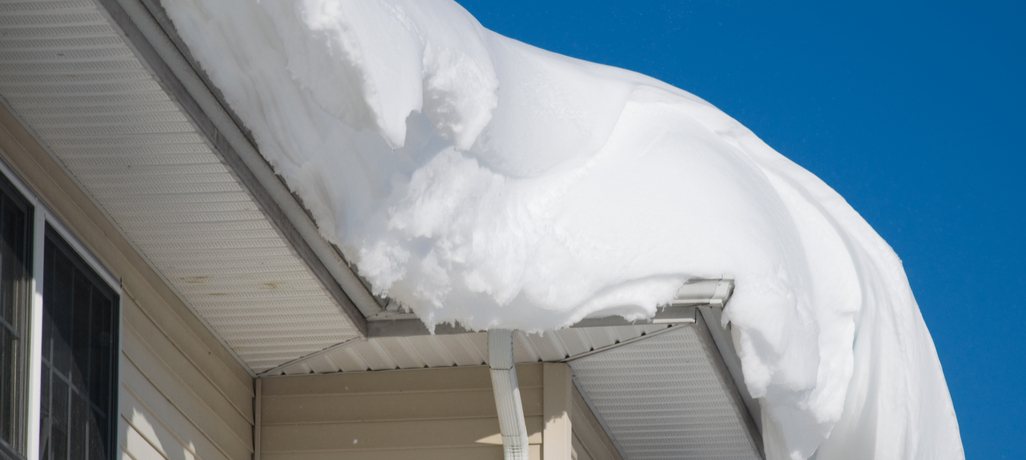The roof is the most critical area of a home as it provides primary defense against extreme weather conditions such as hurricanes and snow. Some damages on our roofs may be unnoticeable and make it more vulnerable to further damage over time. As a result, we tend to incur additional costs on repairs that could be prevented by noticing the damages earlier. It is, therefore, necessary to carry out regular inspections on home roofing after extreme weather conditions hit. Knowledge of how bad weather impacts the roofs on our homes can help us take appropriate measures to prevent further damage and costs.
Hurricanes/Storms
Hurricanes and storms cause great havoc on roofs because they are accompanied by strong winds. These strong winds loosen roof shingles and tiles making them vulnerable to leaks and additional damage by other bad conditions such as heavy rains. Storm and hurricane winds also blow off roofs and weaken the wooden frame of roofs. If a home is surrounded by trees, hurricanes and storms cause branches and shrubbery to fall on the roof causing further damage by scraping the roof.
Rain
Heavy rainfalls exacerbate damage to a roof with unnoticeable leaks by infiltrating weakened areas on the roof. Continuous rains can cause pools of water to collect on rooftops leading to damage of the roof by moisture. These pools of water accelerate roof ageing by causing the growth of moss and mold.
Hails
Hail largely impact roofs by loosening granules on roof shingles and leaving the asphalt coating underneath exposed. The exposed area gets worn out and causes leaks in attics during the rainy season. Large hailstones also hit roofs directly causing depressions and weakened areas that can be infiltrated by rains.
Sun
Extremely high temperatures cause damage to the outside and inside of roof systems. Heat causes materials on the roof system to curl, crack, and tear when they shrink and expand. The sun also causes changes in indoor temperature of the house by damaging the roof, which contributes to structural ventilation.
Snow
Snow collects on roofs and form ridges of ice that block gutters and roof edges to prevent melted snow from draining off the roof. As a result, the melted snow sips beneath roof shingles to cause leaks in attics or refreezes to loosen roof shingles.
If you notice leaks in the attic, need your roofing inspected after the occurrence of bad weather, or have any questions regarding any changes you have noticed on the integrity of your roof, feel free to contact Twin Rivers Roofing. We offer professional roofing installation, replacement, repair, and maintenance services at affordable prices to help protect your home from bad weather conditions.

